- Home
- News
- What’s On
- Activities for Children
- Arts & Crafts
- Autos and Bikes
- Business events
- Car Boot & Auctions
- Charity events
- Churches & Religious
- Comedy
- Dance
- Days out & Local interest
- Education
- Exhibition
- Film
- Gardening & Horticulture
- Health
- Markets & Fairs
- Music
- Nature & Environment
- Spiritual
- Sport
- Talks and Discussions
- Theatre and Drama
- Business
- Local Information
- Jobs
- Deaths
- Charity events
- Contact Us
The love that defied convention . . .
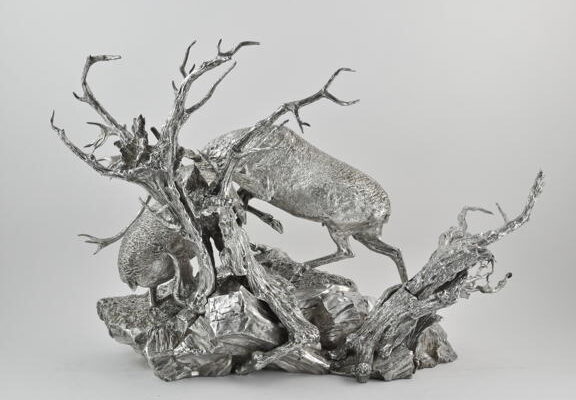
. . . evident in a dazzling Victorian sculpture – for years feared lost
The National Trust’s Dunham Massey in Cheshire has acquired a long-lost masterpiece of Victorian silverwork – Stags in Bradgate Park – commissioned by a former owner in a defiant gesture to the society that shunned him.
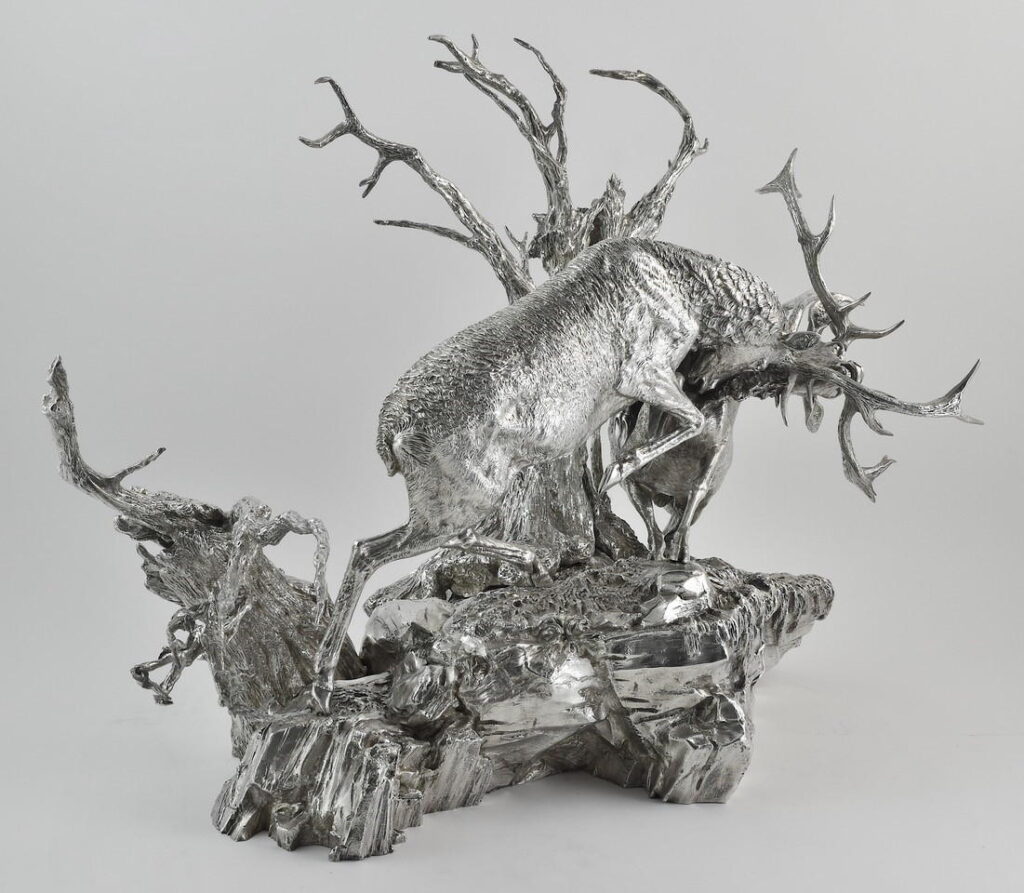
A dramatic sculpture of two rutting Red Deer stags, commissioned in 1855 by George Harry Grey, 7th Earl of Stamford, was an act of love and rebellion, and a symbol of locking horns with the society that ostracised him over his marriage to a woman considered beneath him.
“This isn’t just silver – it’s a story,” says National Trust curator for decorative arts James Rothwell. “A story of a man who fell in love with a woman who society deemed unworthy. When the Earl married Catherine Cox, whose colourful past was said to have included performing in a circus, Victorian high society was scandalised. Even Queen Victoria shunned the couple at the opera and local gentry at the horse races in Cheshire turned their backs on them.
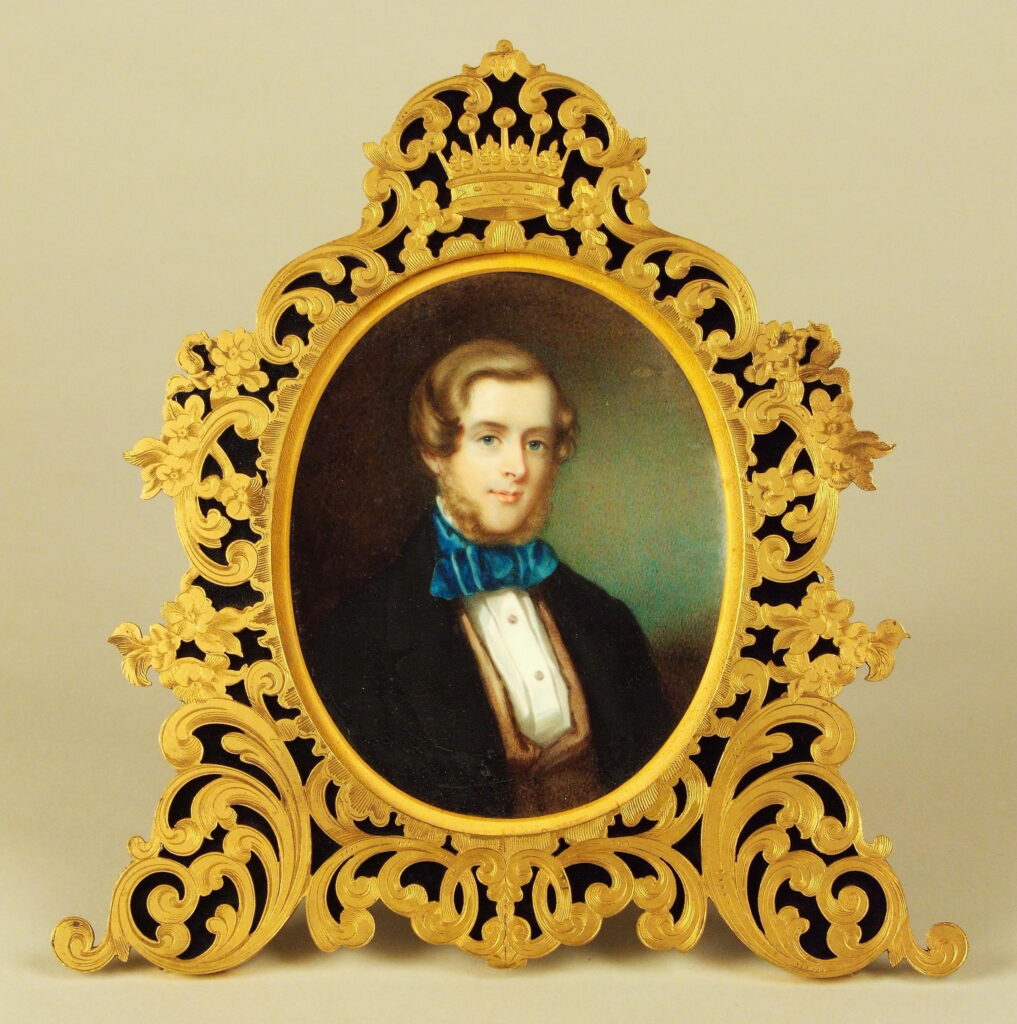
“Ostracised and humiliated, the Earl and Countess finally had enough and left Dunham Massey – but not quietly. They took the family treasures with them to their other houses including Bradgate, the ancient family seat in Leicestershire, where they were welcomed in total contrast to what had happened to them back in Cheshire. It was Bradgate that inspired the Earl to commission one of the most extraordinary silver sculptures of the 19th century.”
Modelled by Alfred Brown and crafted by royal goldsmiths Hunt & Roskell, Stags in Bradgate Park, a meticulously detailed depiction of nature, was a sensation in its day. Showing the rutting deer, positioned on a rocky outcrop with gnarled, hollow oaks, it graced the pages of the Illustrated London News, was exhibited at the London International Exhibition of 1862 and the Paris Exposition Universelle of 1867 – events that drew millions.
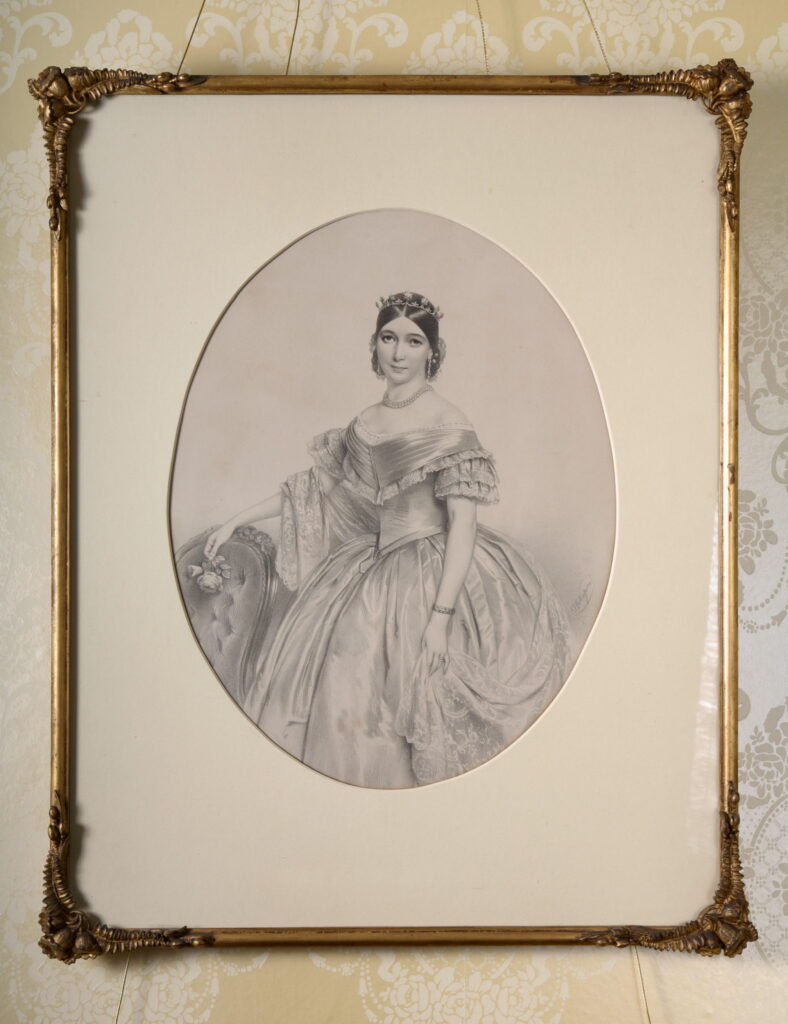
These silver centrepieces were the celebrity art of their time, paraded through streets and admired by the public like today’s Britart icons.
Gradually over the years, some of the Earl’s silver collection has been re-acquired for Dunham Massey. This sculpture, thought lost for decades and feared melted down, has miraculously survived – its dramatic central component all that is left.
The two stags with antlers locked in combat were recognised by specialist silver dealers, A. Pash & Sons, and have now been acquired by the National Trust, to be reunited with other world-renowned silver at the property.
“Anyone who’s ever fallen in love with someone others didn’t approve of – whether it was your parents, your friends, or society itself – will feel something when they hear this story,” added Emma Campagnaro, Property Curator at Dunham Massey. “This piece of silver is a monument to love that refused to conform, and to the power of art to speak when words fail.
“The sculpture is not only a technical marvel, with its lifelike depiction of Bradgate Park’s rugged landscape and wildlife, but also a dramatic human story key to the history of Dunham Massey. It speaks of nature, of craftsmanship, and of a couple who chose each other over status and what others thought of them.”
The sculpture will go on display at Dunham Massey from Thursday 26 June.
For opening times and further information nationaltrust.org.uk/dunham-massey
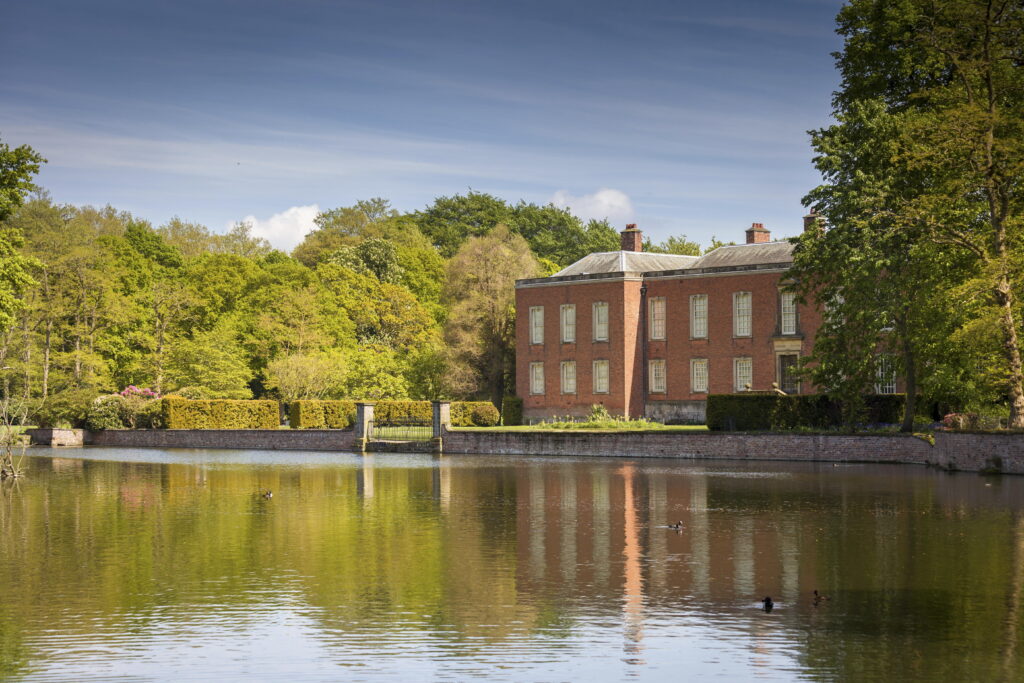

You must be logged in to post a comment Login